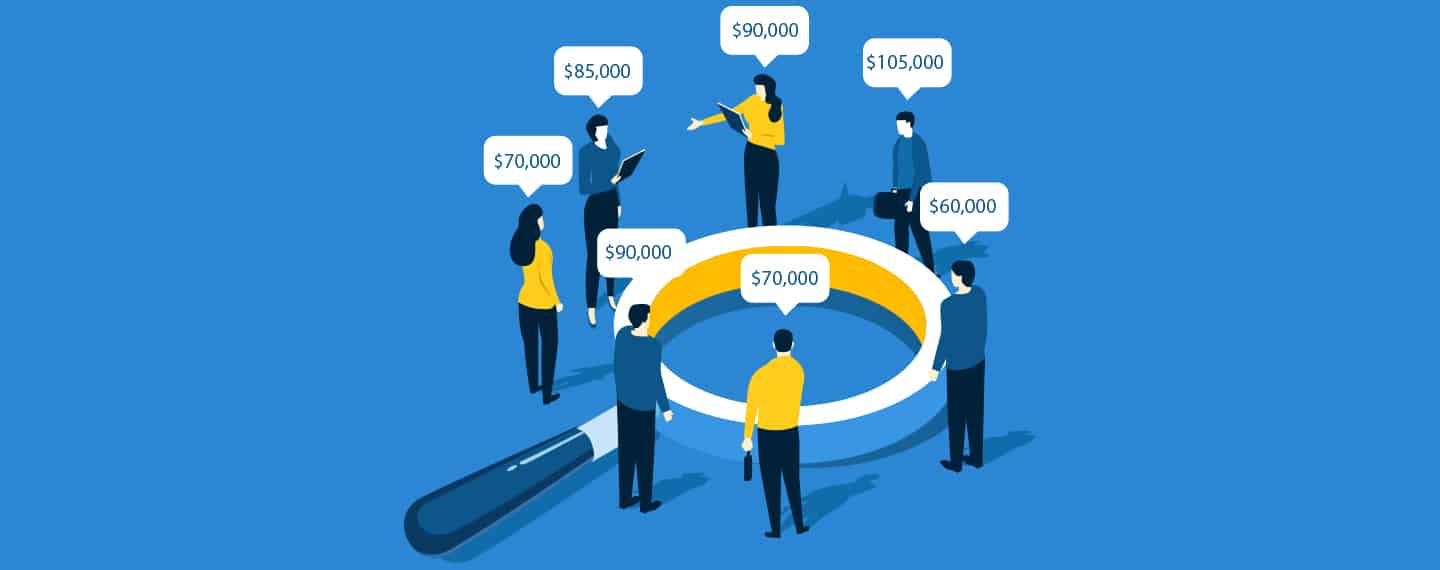A recent study conducted by Robert Half reveals that an overwhelming 73 percent of Australian employers believe that regulations promoting greater transparency in pay are long overdue. This sentiment underscores a growing recognition within the business community regarding the necessity for increased openness concerning salary information.
While a majority of employers (84 percent) view enhanced pay transparency as beneficial for fostering a positive corporate culture, with 65 per cent anticipating smoother salary negotiations, there remains apprehension among employees. Nearly half (47 percent) of workers express concerns that such transparency could lead to heightened friction among colleagues.
Employers also voice apprehensions regarding the potential impact of increased pay transparency on their recruitment and retention efforts. Fifty-one percent worry that it might diminish their ability to negotiate salaries, particularly when seeking to attract specialised skills or reward high-performing staff. Additionally, 36 per cent fear that salary transparency could result in employee turnover.
Nicole Gorton, Director at Robert Half, acknowledged the contentious nature of pay transparency, noting that while many see its advantages, reservations persist. Gorton emphasised the findings indicating that employees comparing their salaries to those of their peers and perceiving disparities could erode workplace cohesion. Furthermore, concerns arise regarding employees’ perceived limitations in negotiating above-market-rate salaries within a framework dictated by wider organisational standards.
Gender Pay Gaps Revealed
This study coincides with the publication by the Workplace Gender Equality Agency (WGEA) of gender pay gap data for nearly 5,000 Australian private sector employers. The release follows the enactment of the Workplace Gender Equality Amendment (Closing the Gender Pay Gap) bill.
Key findings include:
– 30% of employers exhibit a median gender pay gap falling within the range of -5% to +5%.
– 62% of median employer gender pay gaps exceed 5%, favouring men.
– 8% demonstrate a median gender pay gap of less than -5%, favouring women.
– Overall, half of the employers surveyed have a gender pay gap exceeding 9.1%.

Senator Katy Gallagher, Minister for Women, hailed the publication of employer gender pay gaps as a significant step towards gender equality in Australia. She underscored the economic impact of the gender pay gap, which costs the Australian economy an estimated $51.8 billion annually.
Industry Disparities in Pay Gaps
The data reveals substantial discrepancies in gender pay gaps across various industries. For instance, the construction industry exhibits a median employer gender pay gap of 31.8 percent, whereas the accommodation and food services industry demonstrates a much narrower gap of 1.9 perent.
Mary Woodridge, CEO of WGEA, highlighted the importance of aiming for gender pay gaps within the range of +/-5%, which allows for normal business fluctuations while advancing pay equality. Woodridge emphasised that publishing employer gender pay gaps promotes transparency and underscores the need for action to ensure fair representation and equitable compensation for all employees.











